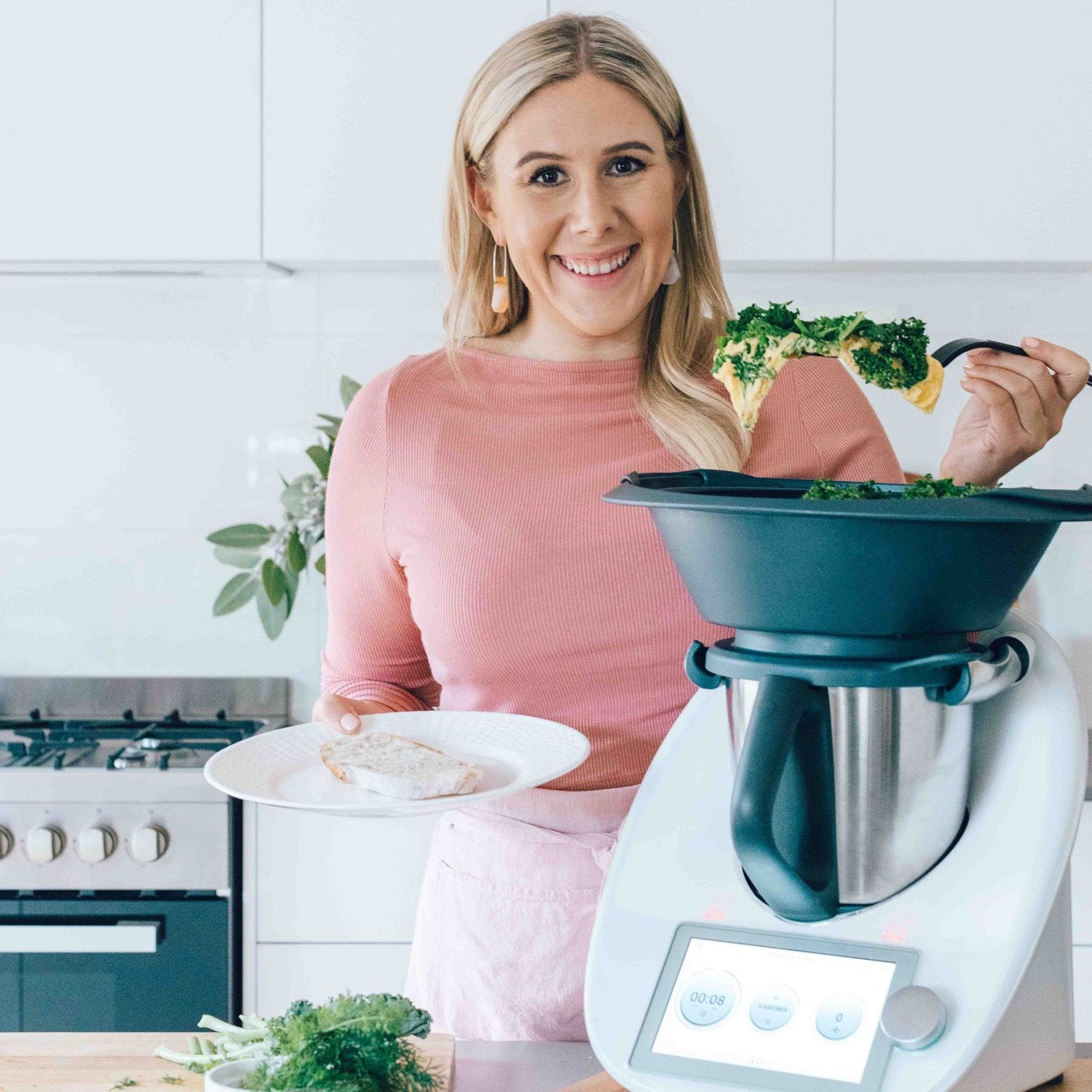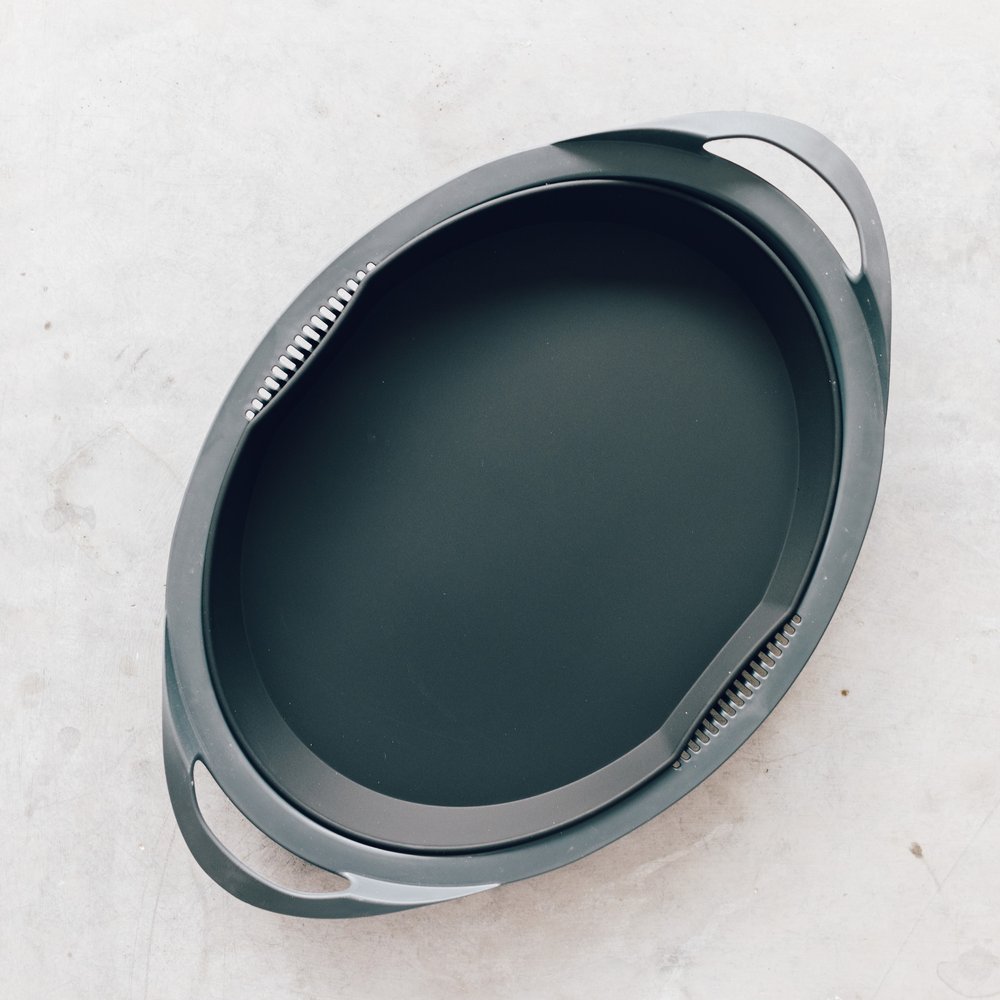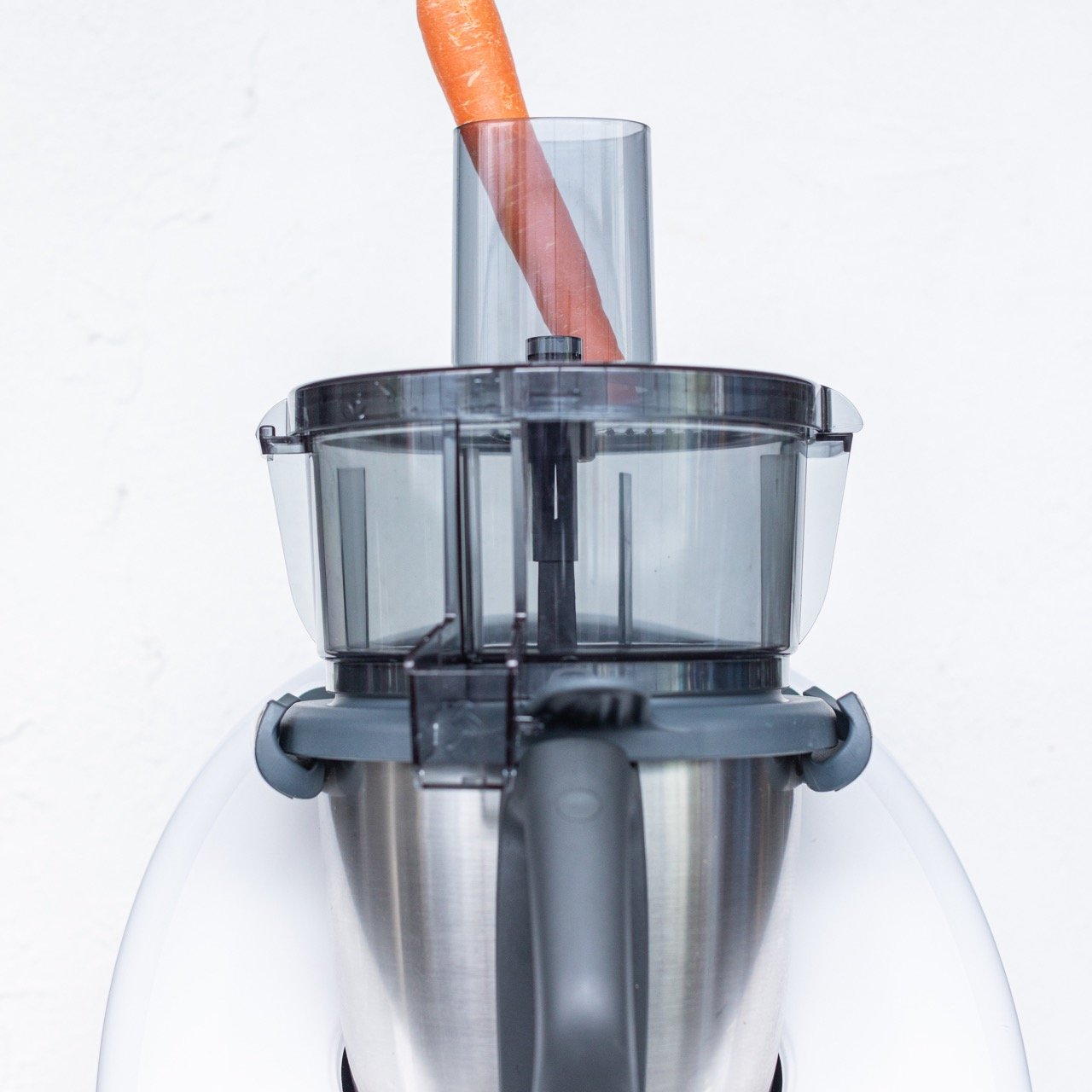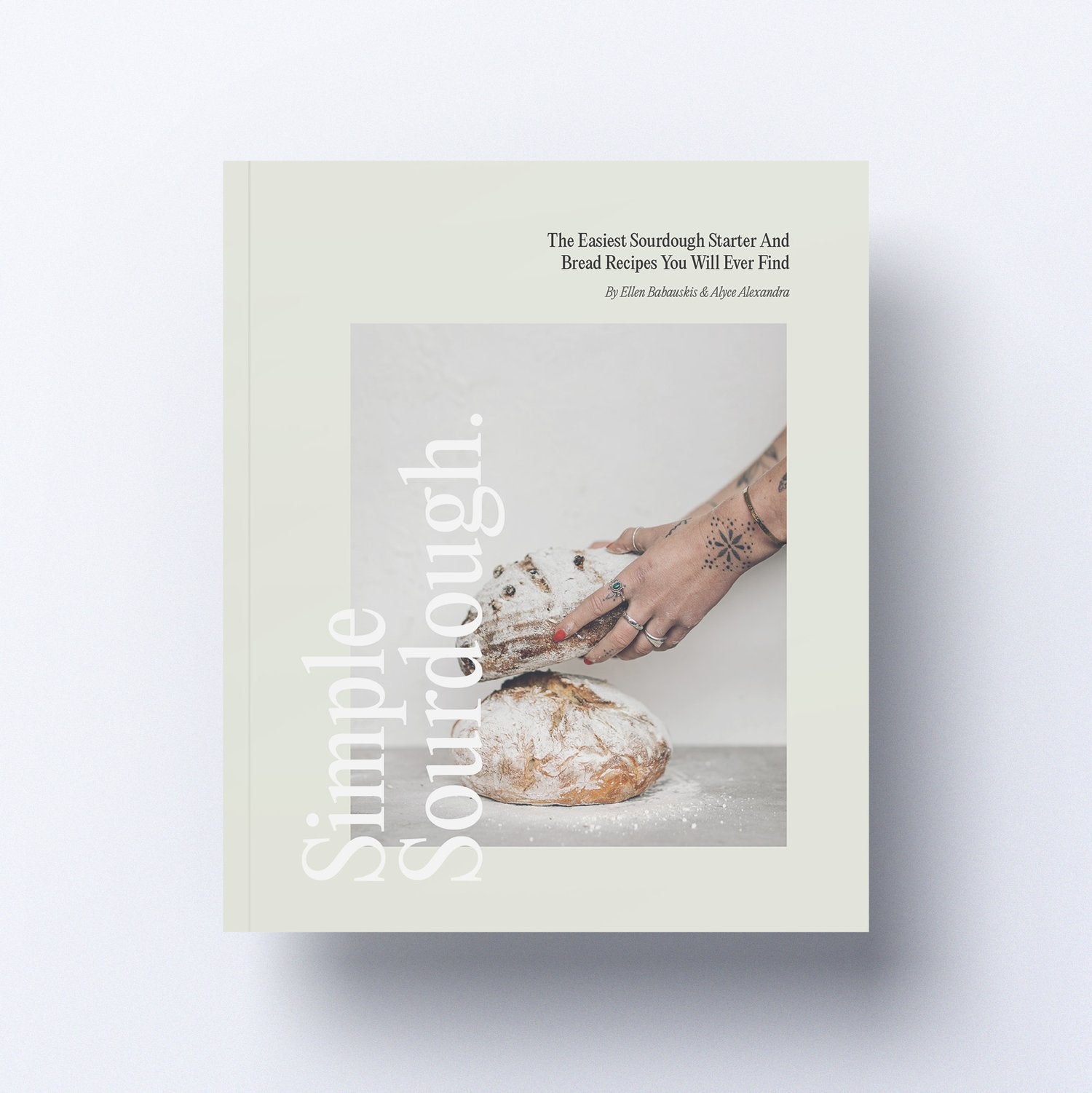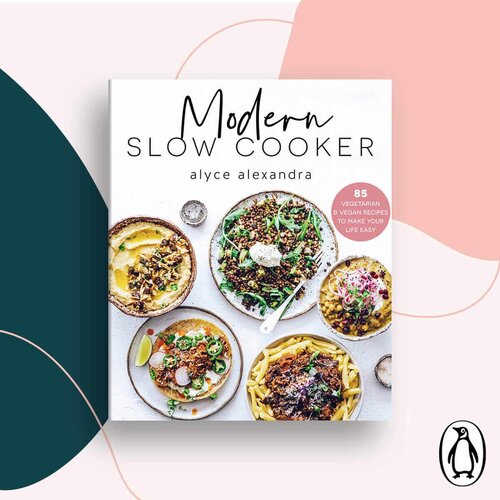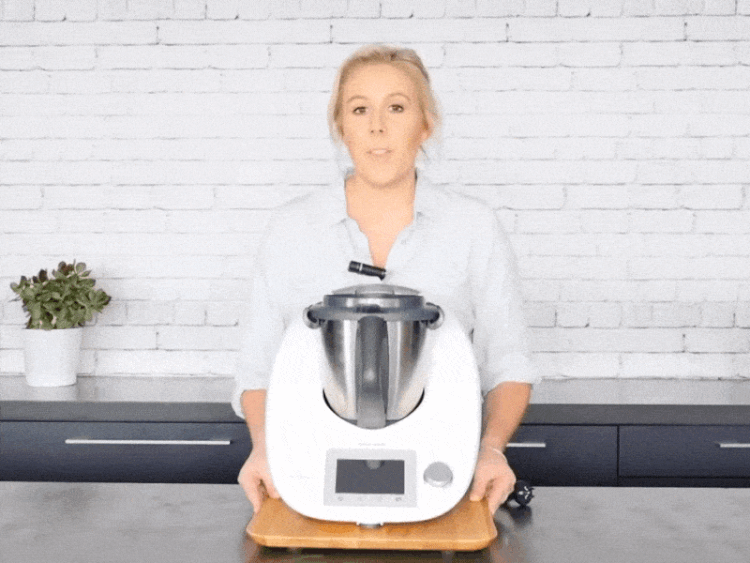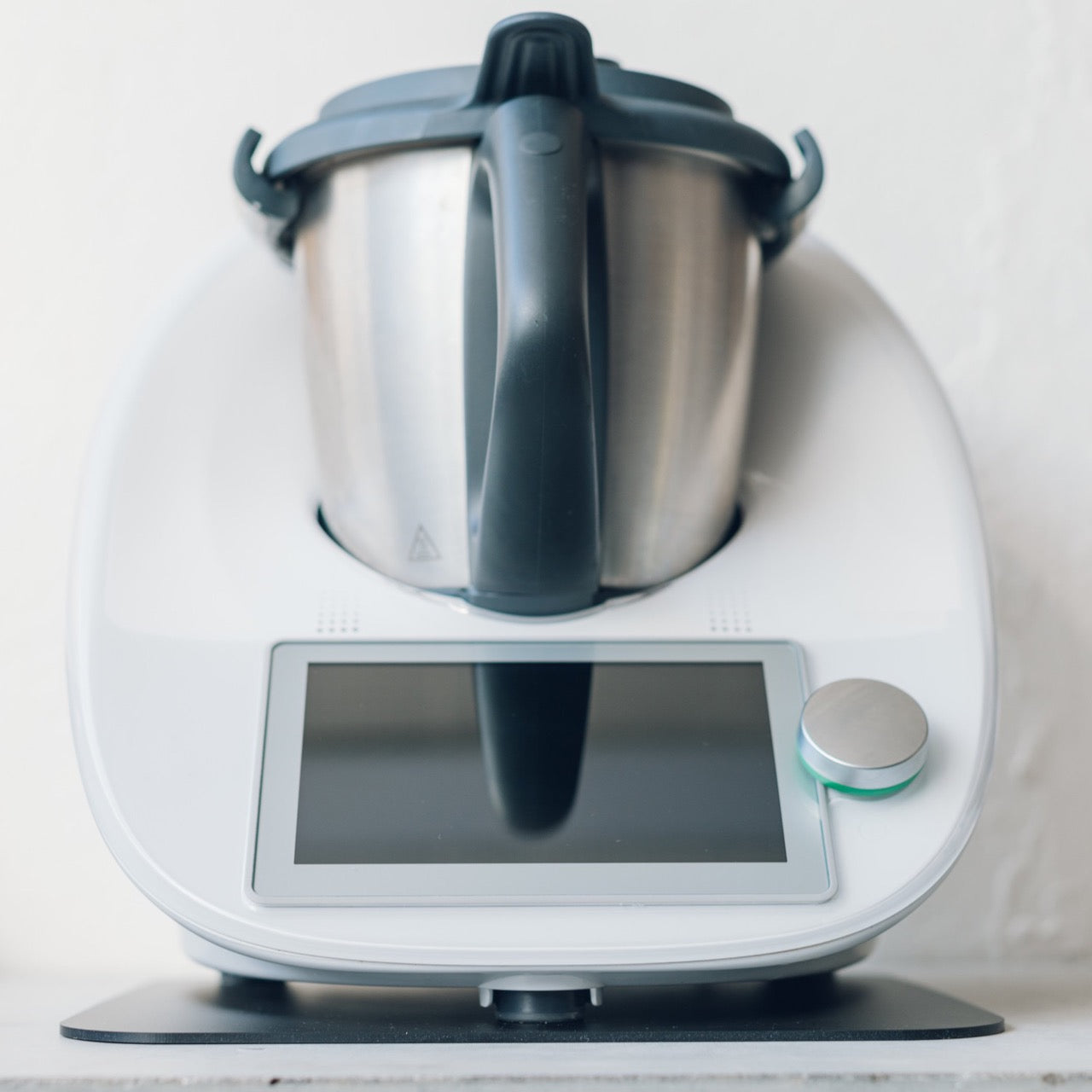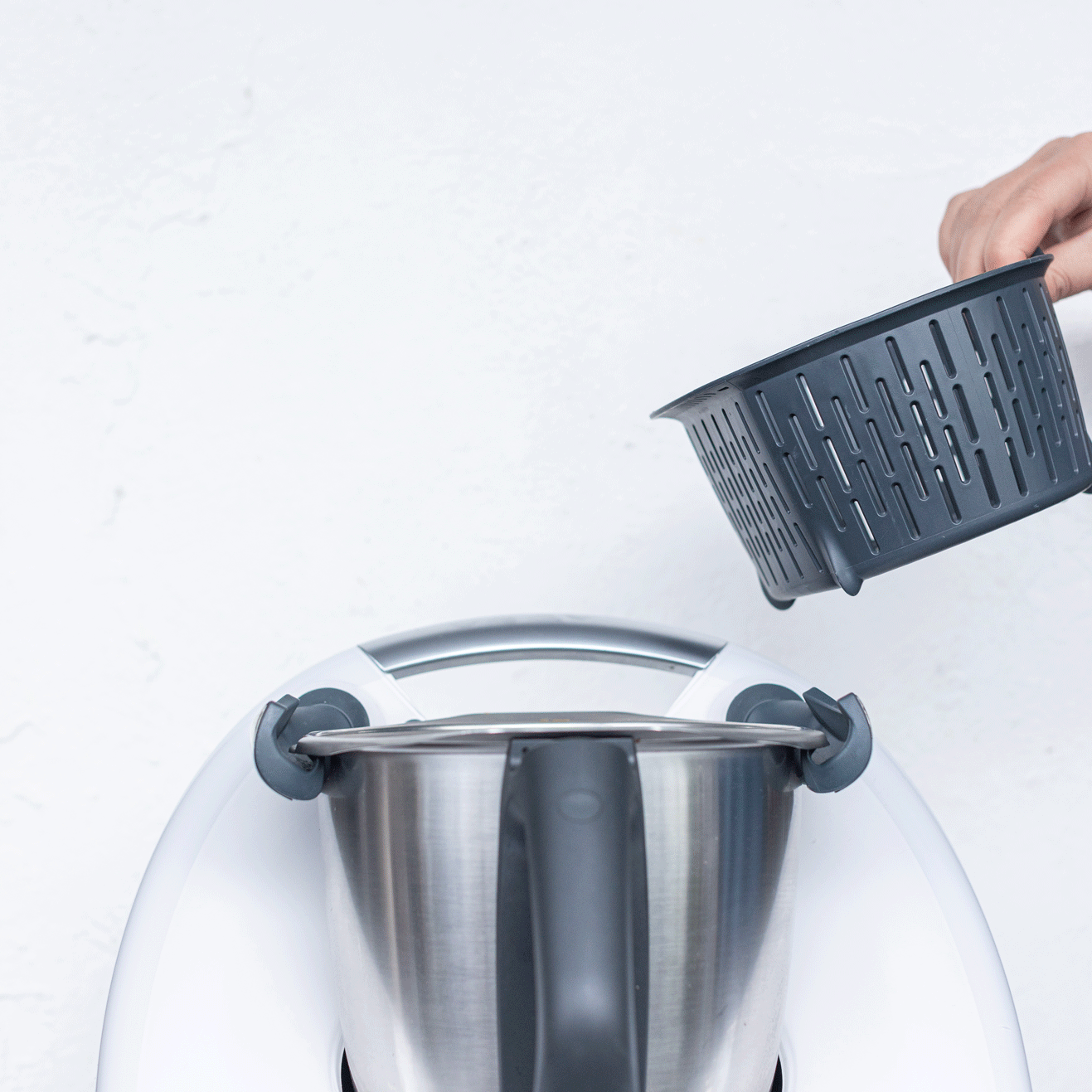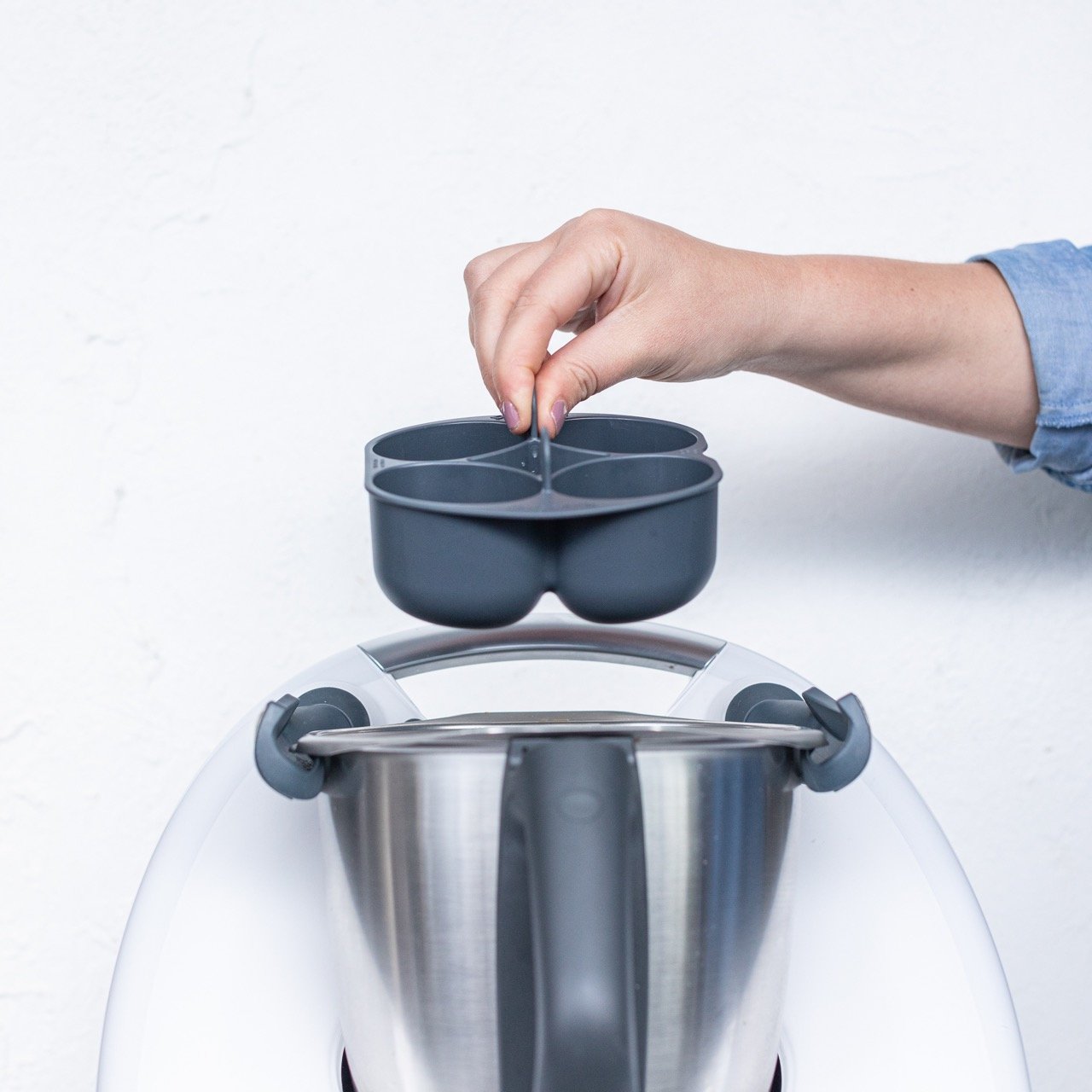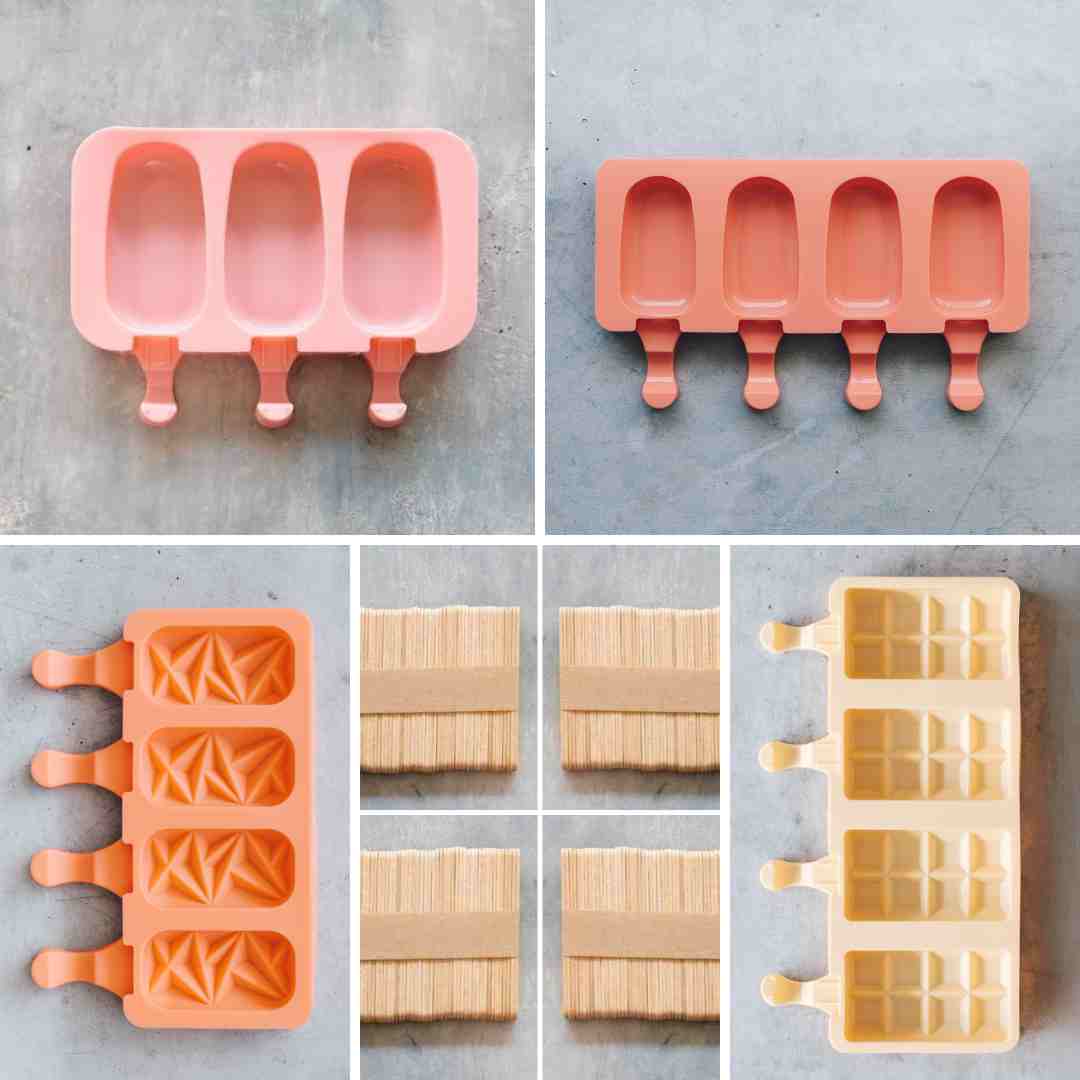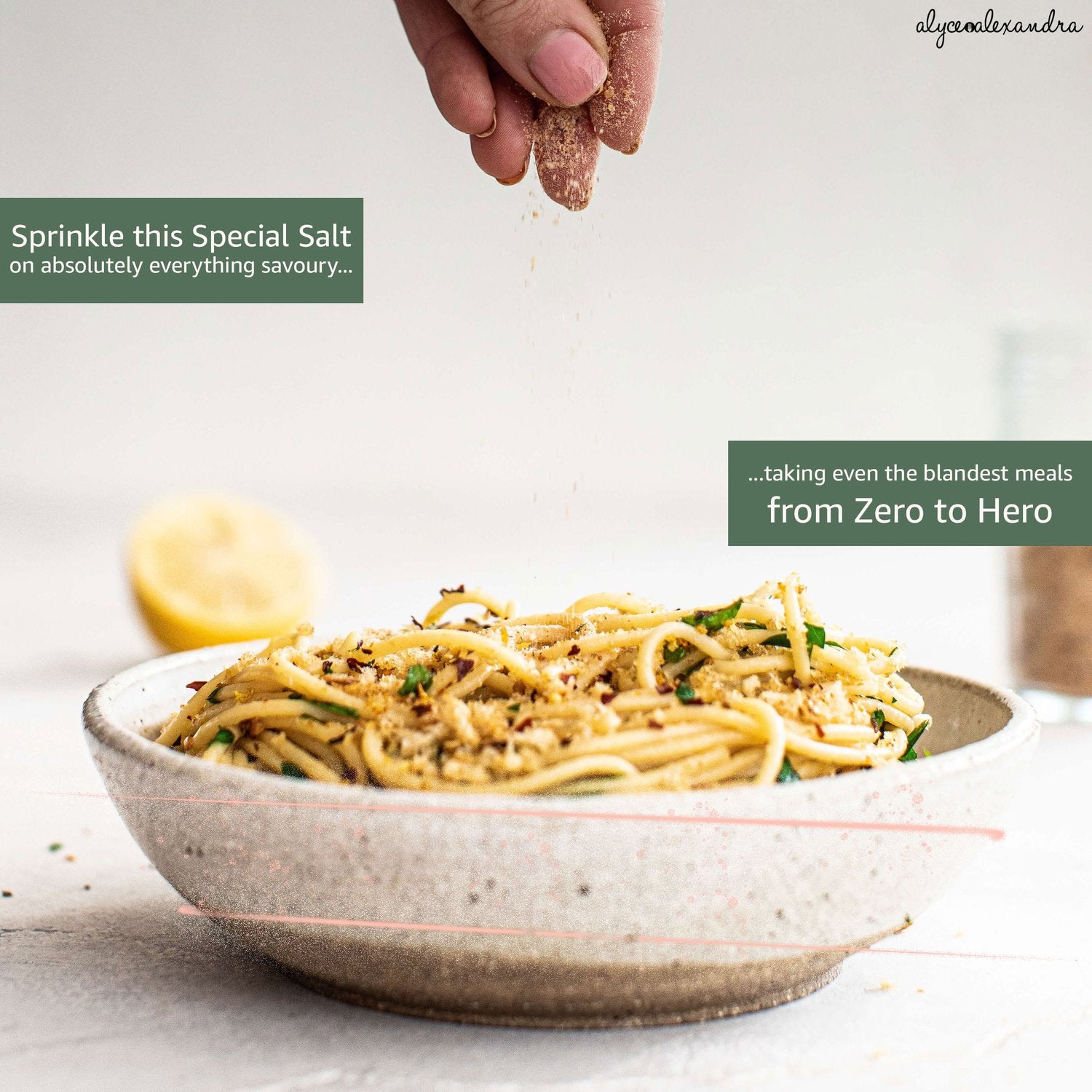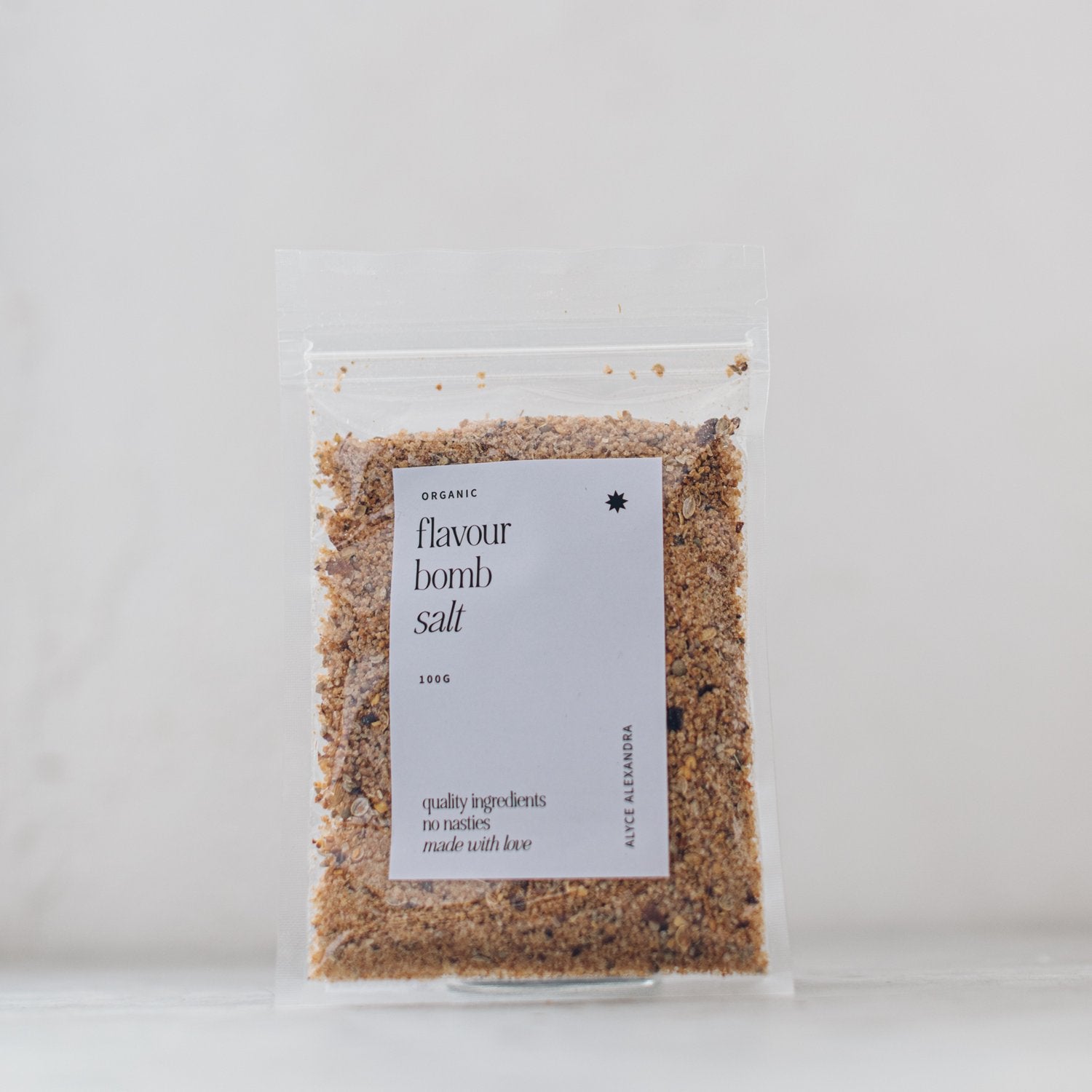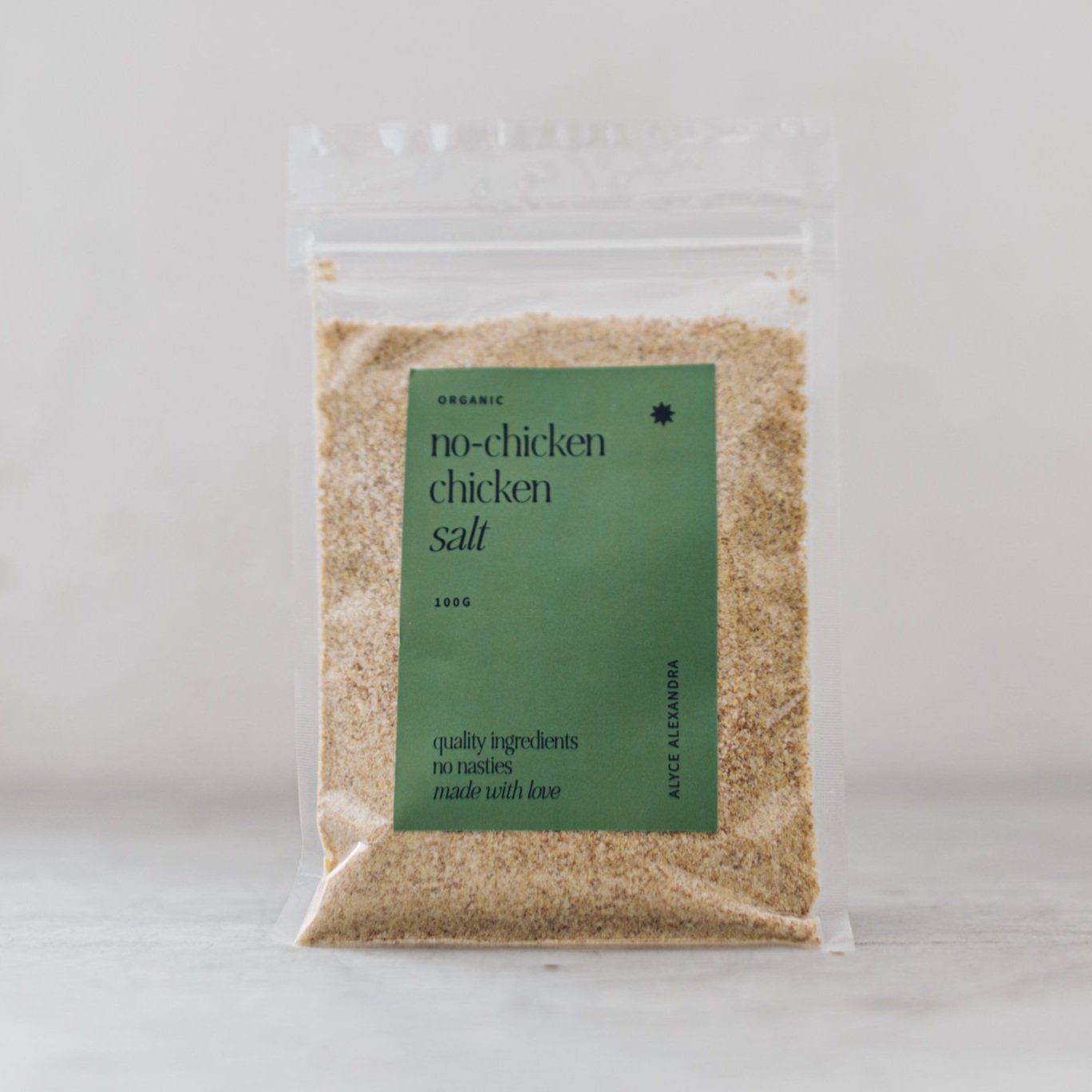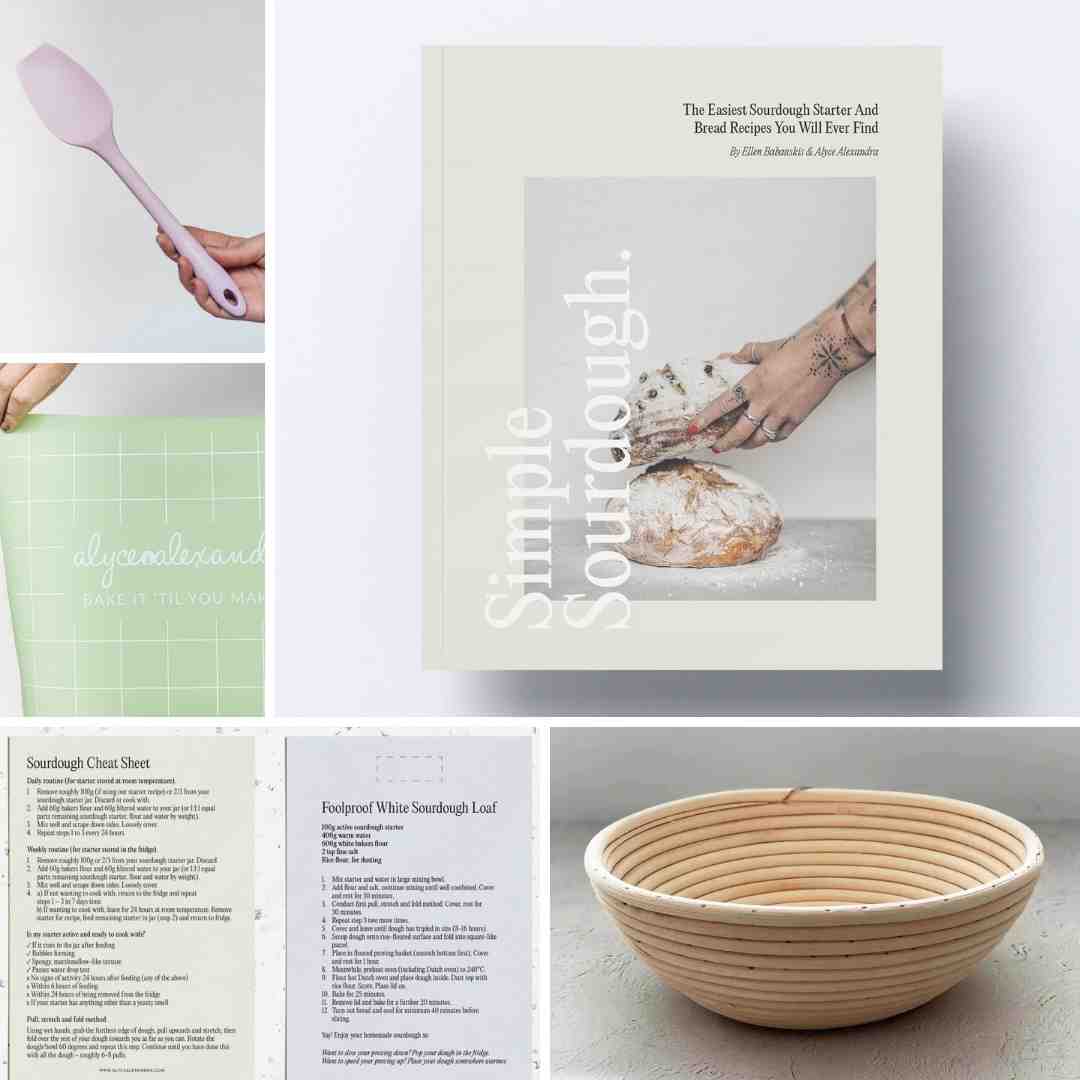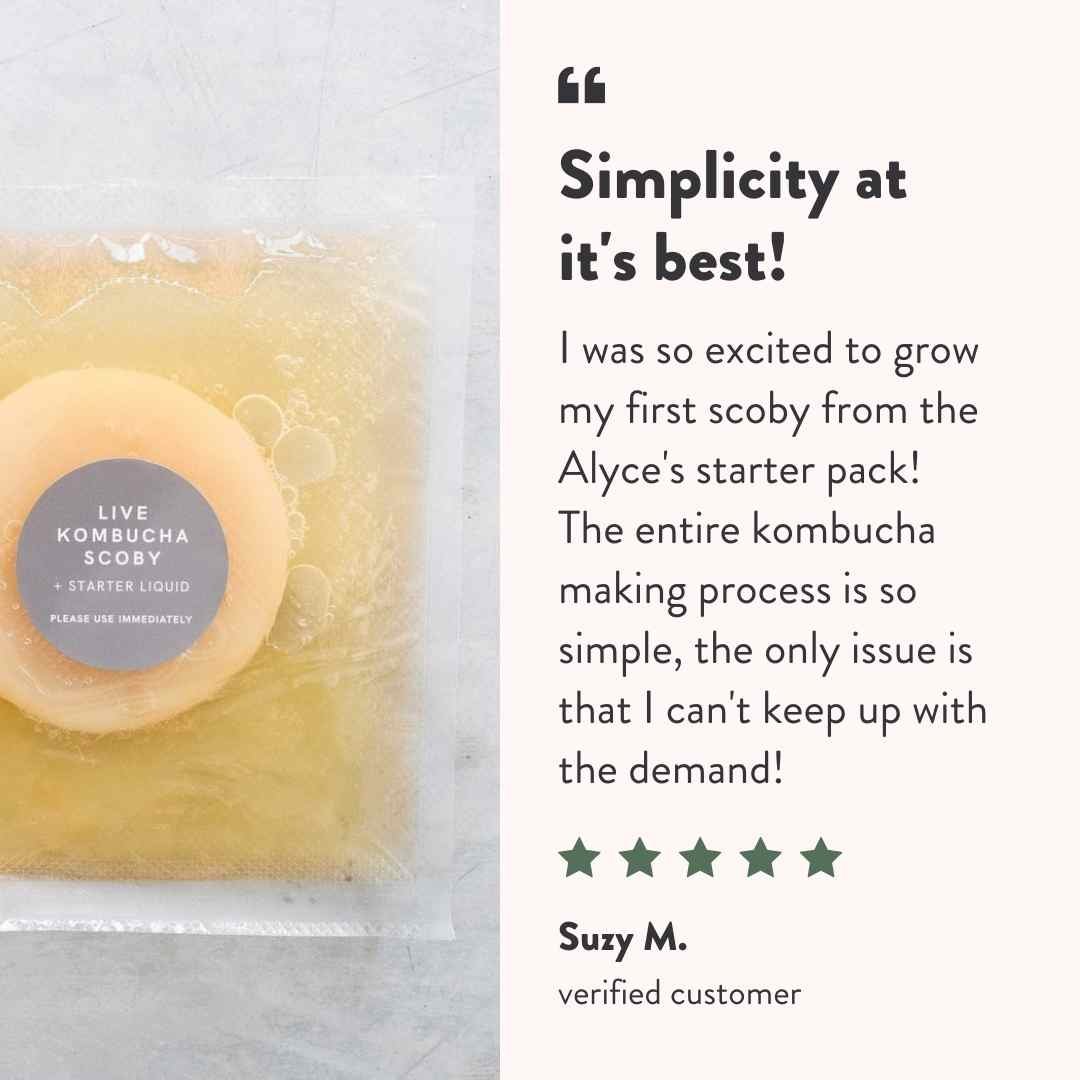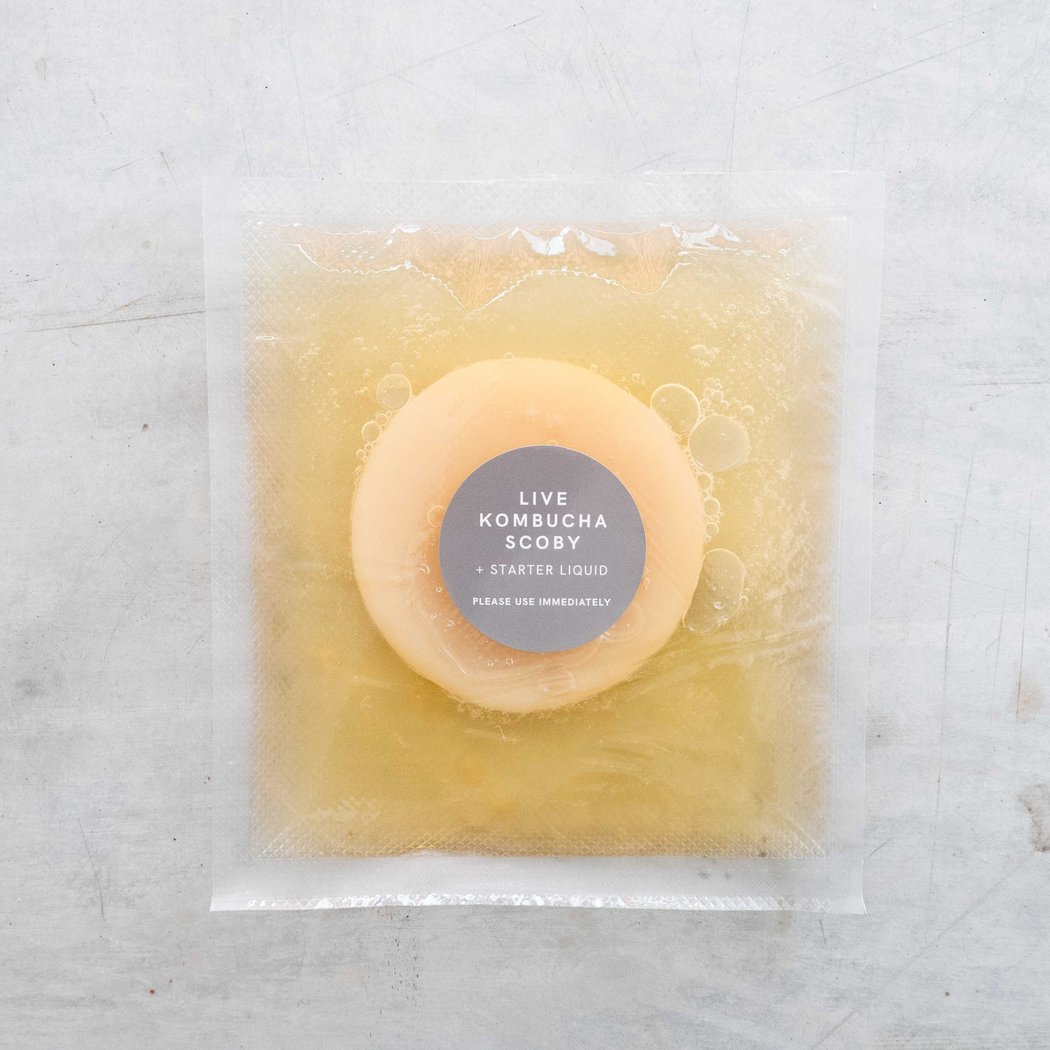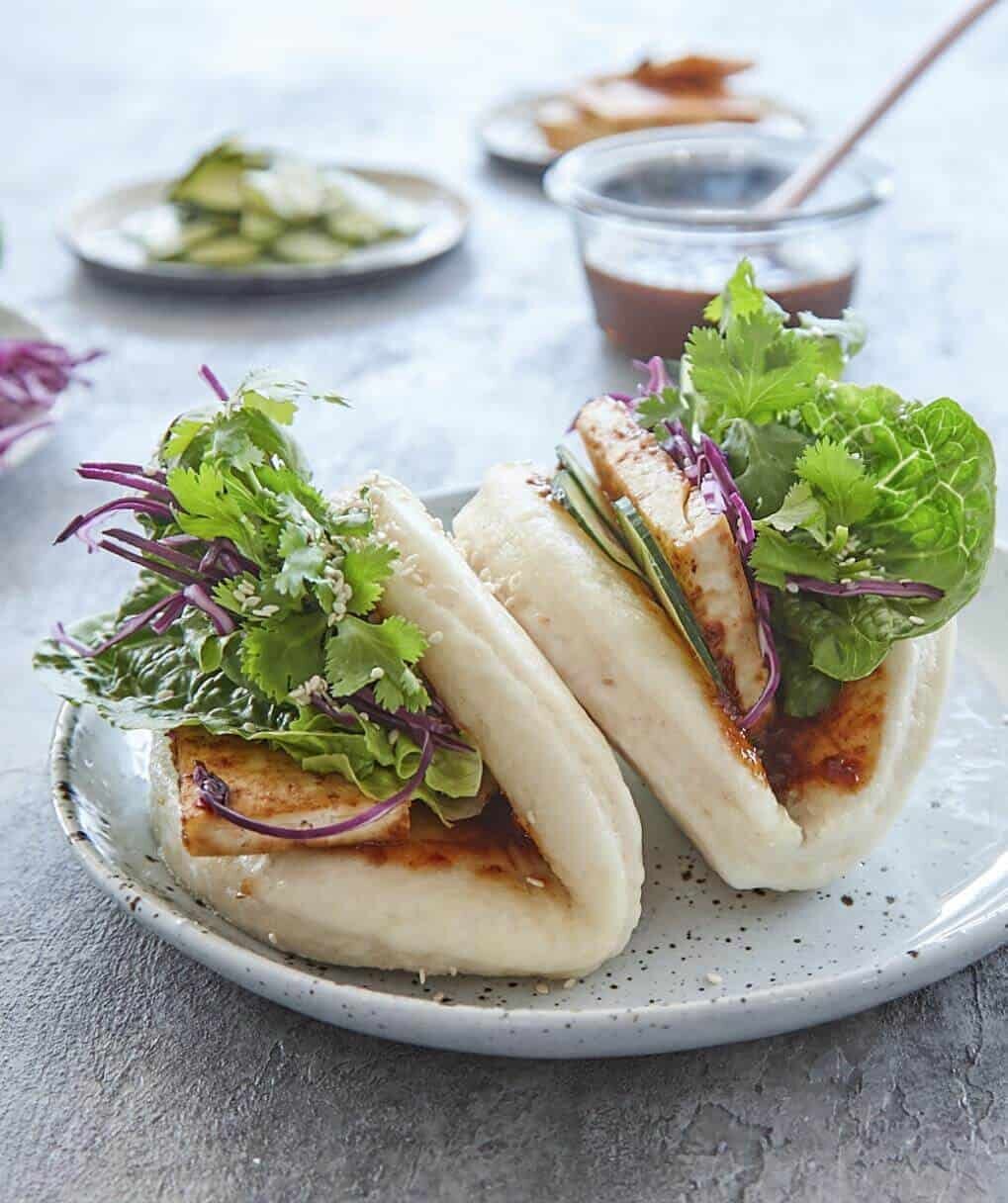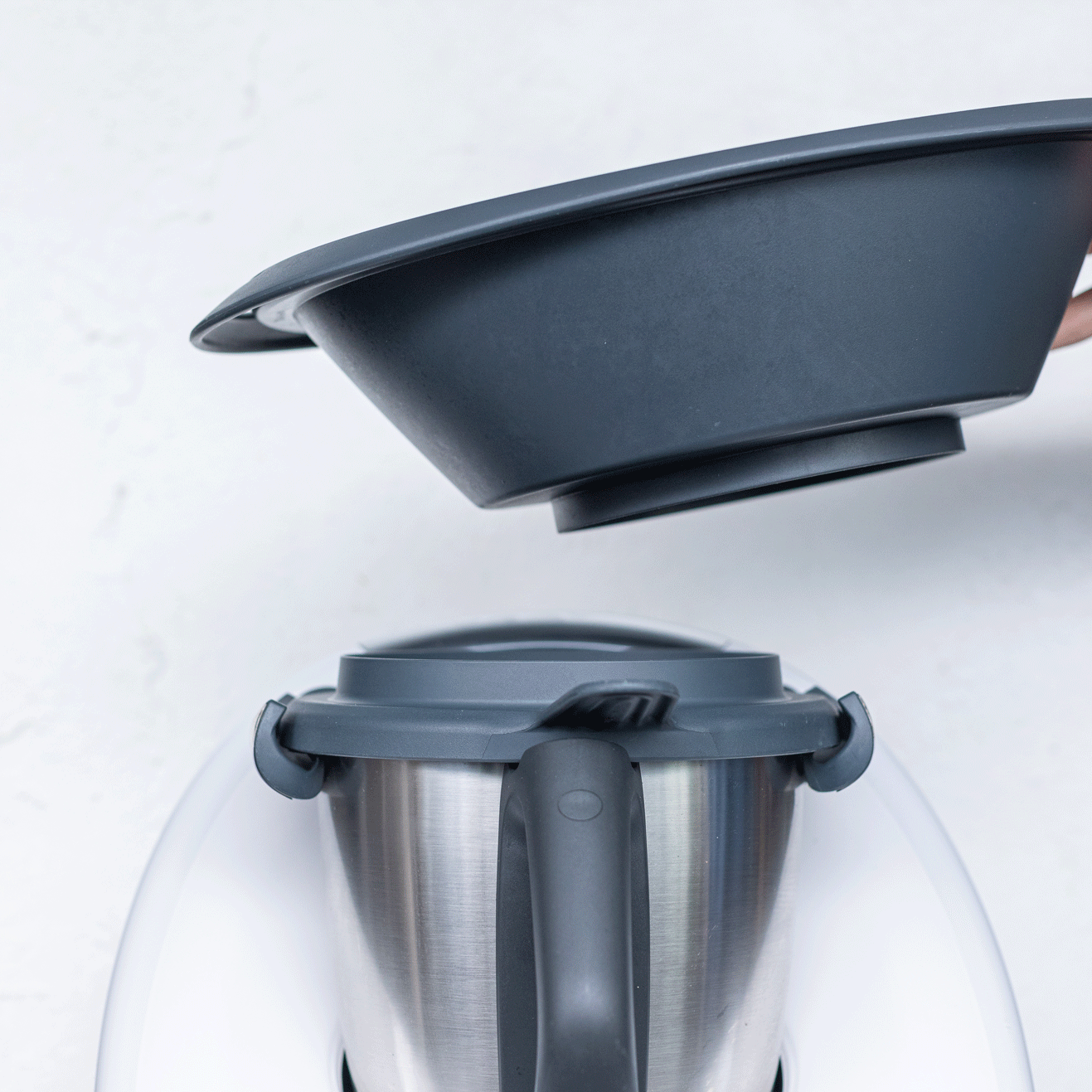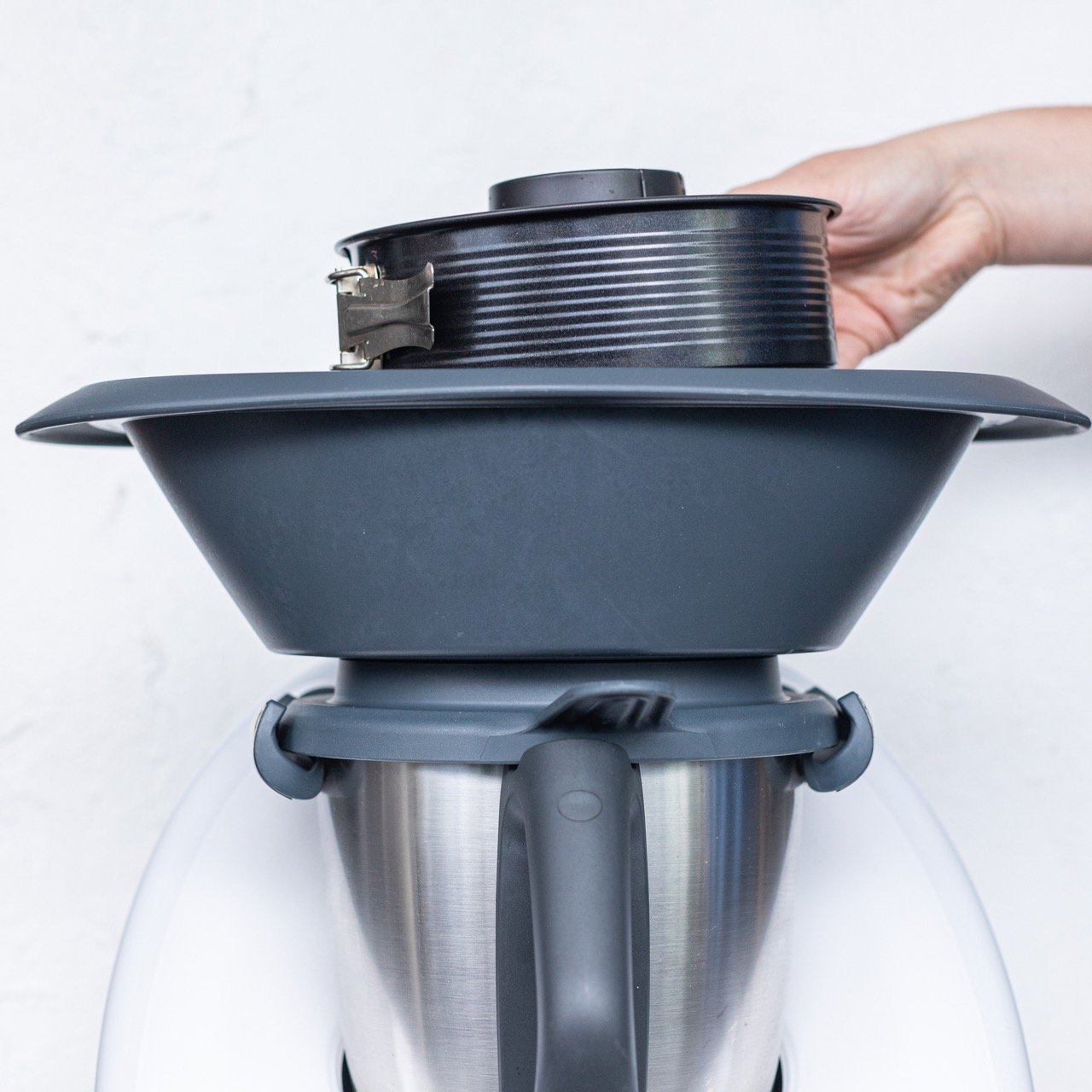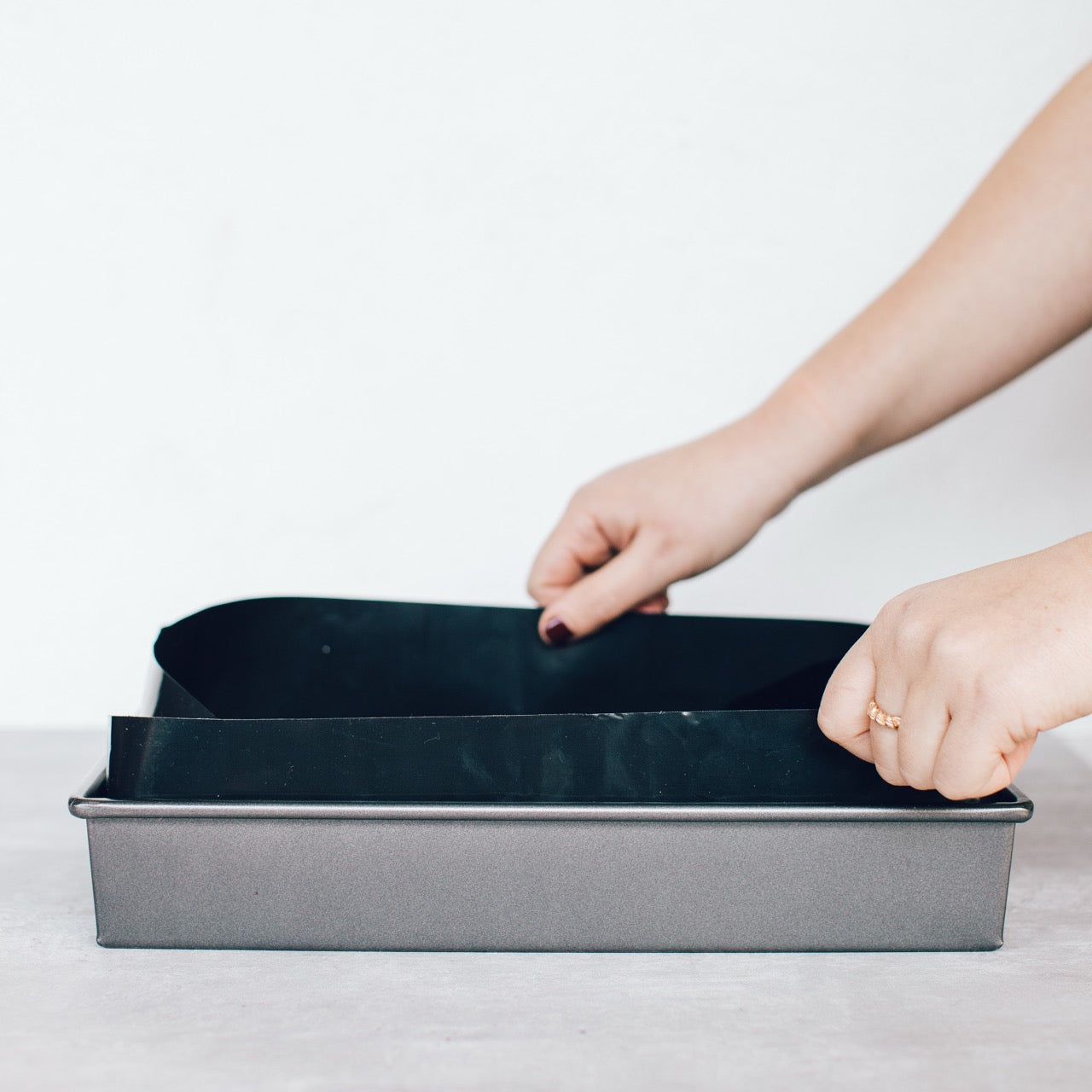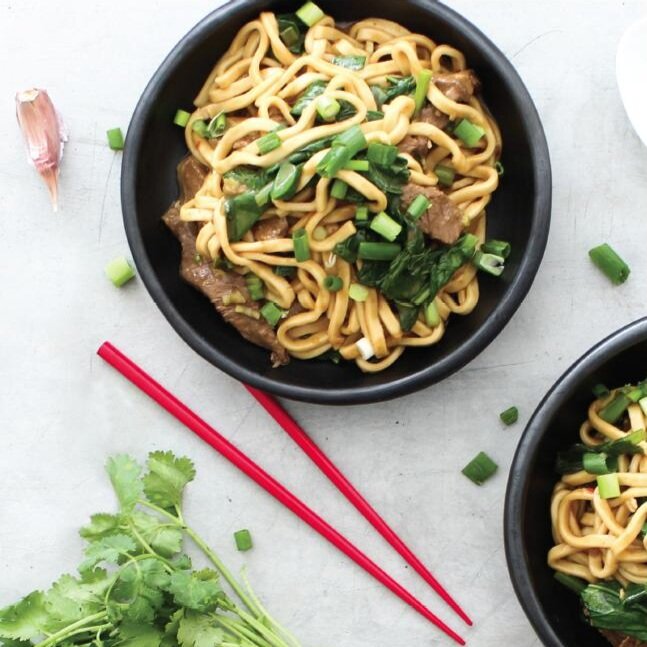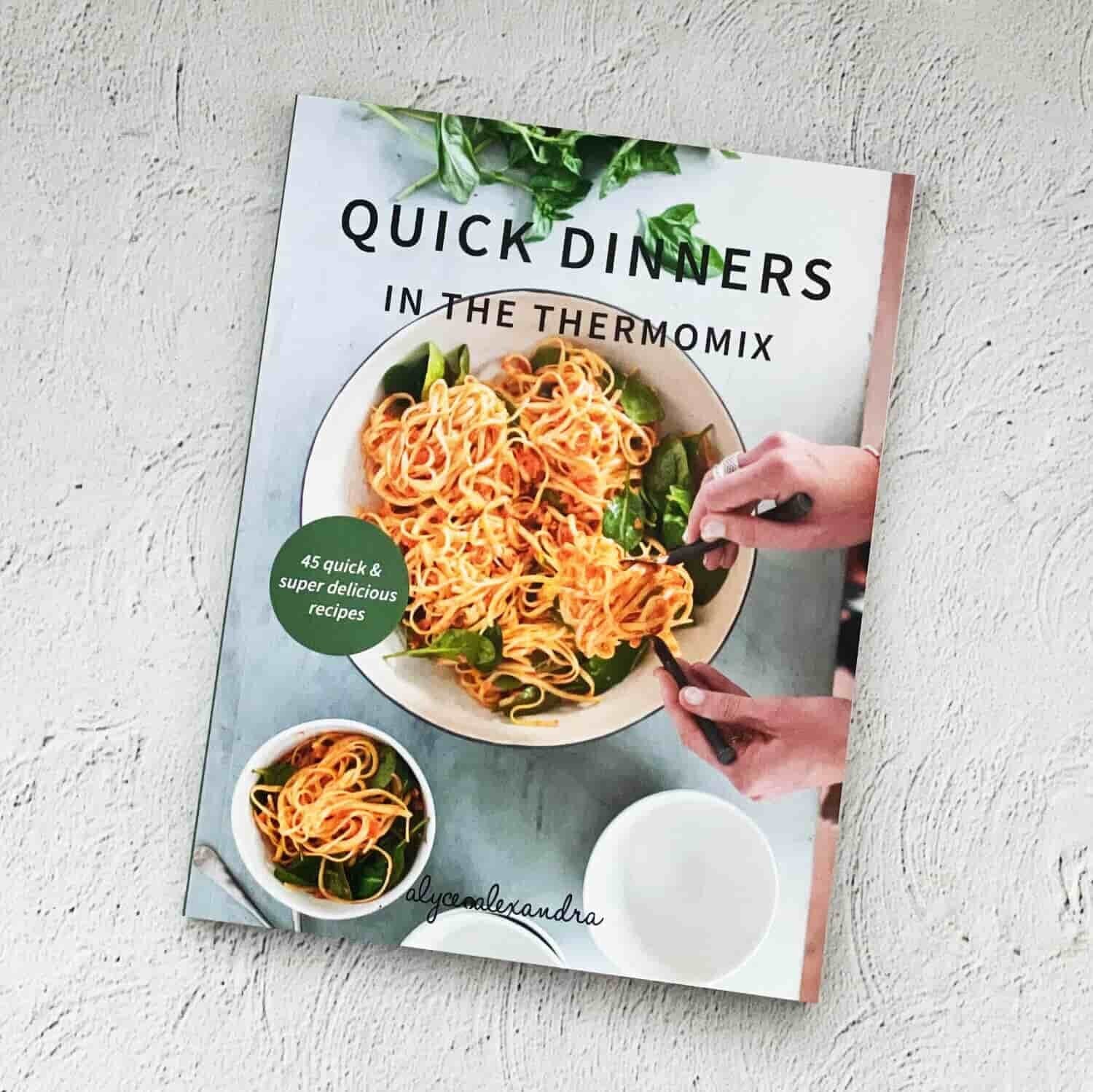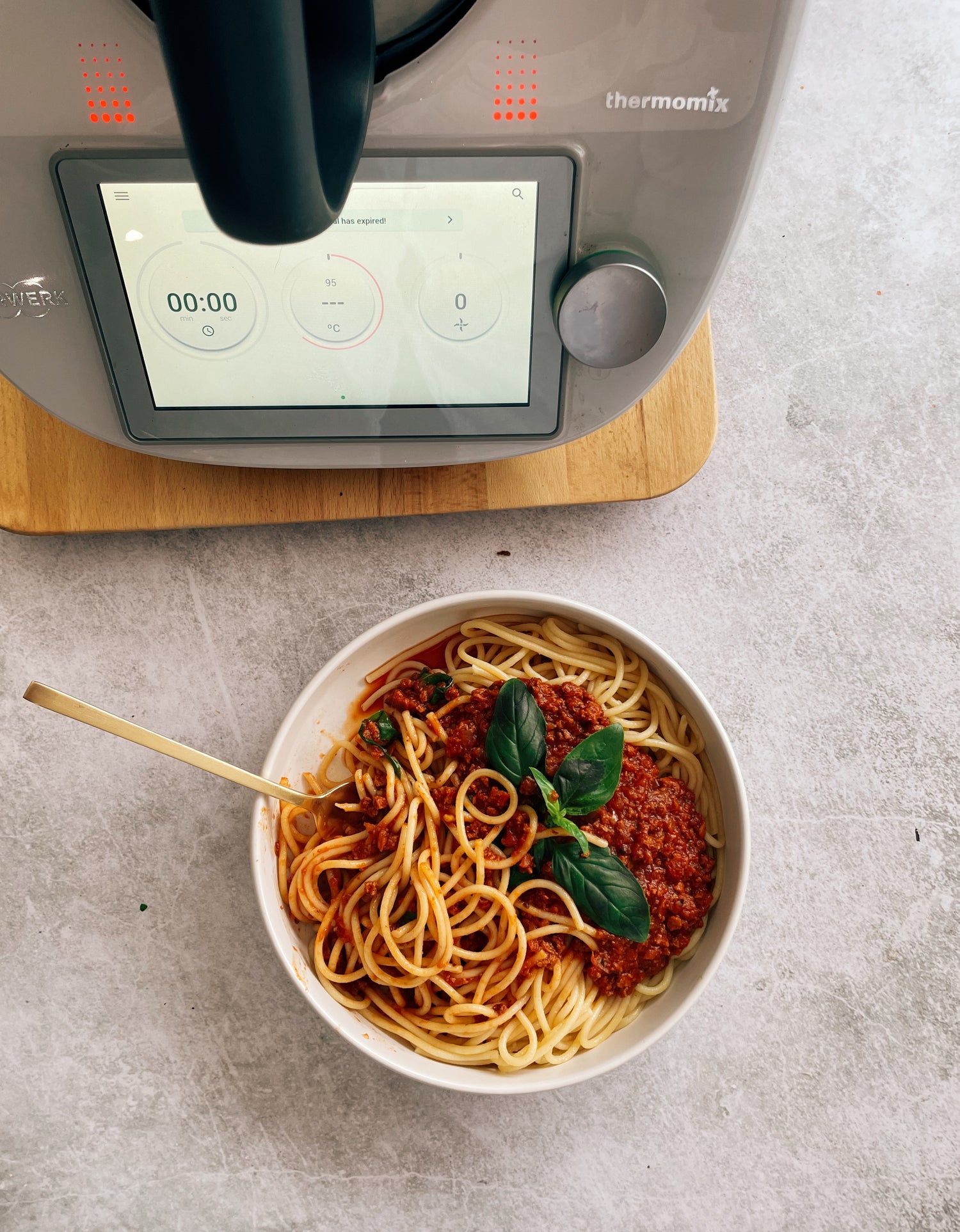Following a diet similar to that of our hunter-gatherer ancestors has found its way into modern menus — a result of many decades of research by scientists including Dr Loren Cordain and his colleagues. Humans were eating this way from about 2.6 million years ago until the beginning of the agricultural revolution around 10,000 years ago, when man began cultivating grains and legumes.
The ‘caveman diet’, as it has come to be known, included fresh meats (preferably grass fed and free-ranging beef, pork, lamb, poultry and game meat), fish, seafood, fresh fruits, vegetables, seeds, nuts, and healthful oils (like olive, coconut, avocado, macadamia, walnut and flaxseed). Dairy products, cereal grains, legumes, refined sugars and processed foods were not part of our ancestor’s menu.
The research into our ancestor’s diets has also shown that hunter-gatherers were typically free from the chronic illnesses and diseases that are now epidemic in western populations. Conditions such as obesity, cardiovascular disease, Type 2 diabetes, cancer, acne, depression, myopia, gout, and autoimmune diseases — while increasingly plaguing modern man — were virtually non-existent in ancient times. Other common issues such as hay fever, sinusitis, migraines, low energy, allergies and general aches and pains were similarly absent. These findings have led many people to believe that diet and disease are inextricably linked, and so they have adopted a Paleolithic diet, similar to that of our predecessors, in order to manage and even overcome such conditions.
There are many ways to integrate the paleo way of eating into daily life. Some people go cold turkey, and discover that symptoms quickly disappear from their body, encouraging them to embrace the paleo diet as part of their daily life. Others follow a paleo meal-plan for a one month period as a detox, then reintroduce one non-paleo food item at a time — on a four day rotation — to qualify which of the eliminated foods are responsible for negative symptoms. Foods which do not elicit a negative reaction can then be introduced back into the diet on a low level, eaten in small quantities, at a maximum of twice a week.
Another method of adopting a paleo-centric diet is to follow the 85 per cent, 90 per cent, or 95 per cent rule. Basically, you eat 21 meals per week, and adhere to the following guidelines:
-
On the 85% rule, you eat 18 paleo meals, and 3 non-paleo meals of your choice
-
On the 90% rule, you eat 19 paleo meals, and 2 non-paleo meals of your choice
-
On the 95% rule, you eat 20 paleo meals, and 1 non-paleo meal of your choice
When using the paleo diet as a treatment for a severe illness or autoimmune disease, a 100 per cent paleo diet is recommended. The benefits of paleo eating have proven themselves to be significant when it comes to wellbeing and eliminating many debilitating degenerative symptoms and diseases.
One of the biggest challenges people have when embarking on the Palaeolithic diet is that they think the food will be boring as well as time consuming, considering it needs to be made from scratch. Of course, with a Thermomix, we are not faced with these concerns. The scope for variety and taste is endless with the paleo way of eating. Many customers have said they would never go back to purchasing commercial savoury crackers and other snack foods after they have tried a healthy, great-tasting paleo alternative, along with delicious, nutrient-dense meals that are free from wheat, gluten, sugar, soy and grains.
Eating seasonally, a paleo-style diet is actually less expensive. To start, keep it simple and use loads of fresh herbs and spices to flavour meats and vegetables, experimenting and expanding your creativity with your meals when time permits. Experiment with slow roasting meats, starting with rich & smokey slow cooked beef brisket, part of the series of monthly recipes available on our website.
Want Thermomix Paleo recipes? We’ve got a whole Paleo chapter in our cookbook Recipes from our Cooking School.

